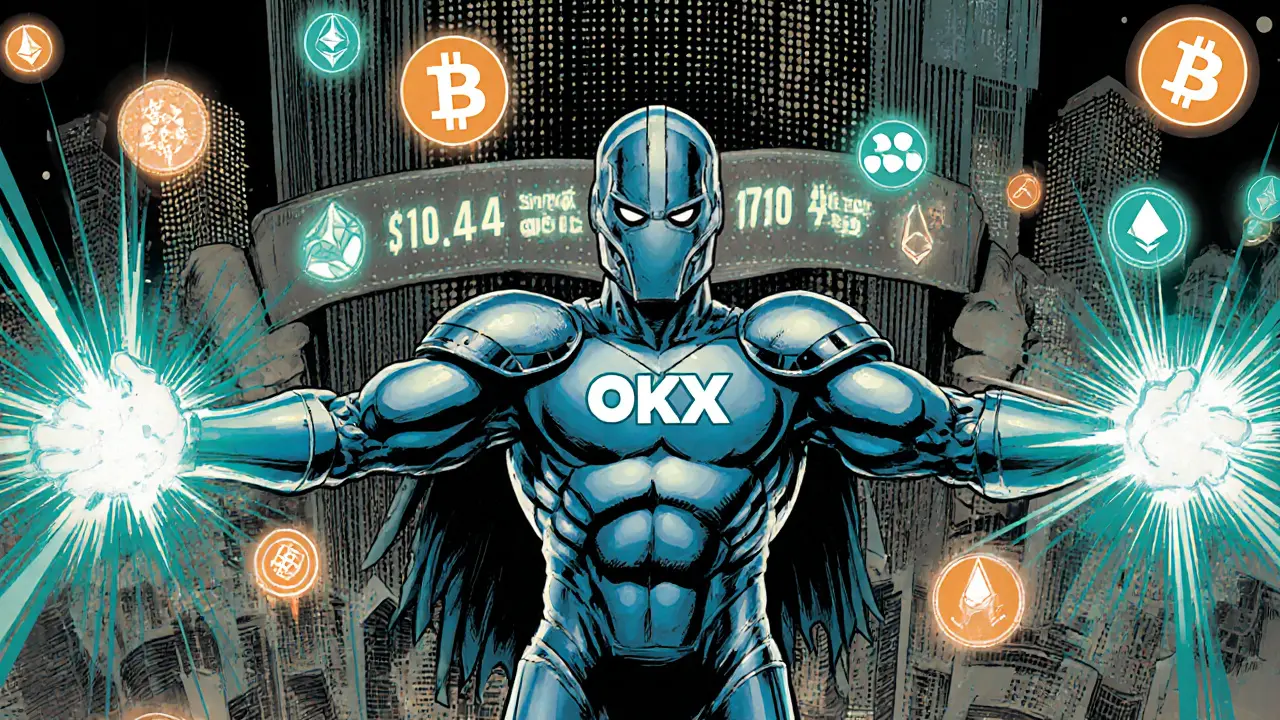OKX Review 2025: Fees, Features & Security
A 2025 OKX review covering fees, trading tools, security, mobile app quality, and a side‑by‑side comparison with Binance for crypto traders.
Read MoreWhen working with Spot Trading, the immediate purchase or sale of an asset at its current market price. Also known as cash market trading, it lets you own the asset right away, you first need a place to match buyers and sellers. That place is a cryptocurrency exchange, an online platform that hosts order books and manages settlements. The exchange provides the infrastructure for you to submit a trade, see real‑time prices, and receive the asset in your wallet instantly. Spot trading also depends heavily on liquidity, the depth of buy and sell orders available at any moment. High liquidity means tighter spreads, faster execution, and less slippage, while low liquidity can turn a small order into a costly price swing. In practice, Spot trading encompasses buying and selling for immediate delivery, requires a crypto exchange, and is influenced by liquidity levels. These three pieces form the core loop that most traders navigate daily.
Once you’re on an exchange, the next decision is order types, the instructions you give the platform on how and when to fill a trade. Market orders execute instantly at the best available price, perfect for fast‑moving markets but risky if the order book is thin. Limit orders let you set a specific price, giving you control but no guarantee of execution. Stop‑loss and take‑profit orders automate risk management, closing a position once a price threshold is hit. Each order type shapes how you interact with the market and defines your exposure to price volatility. To choose wisely, most traders rely on technical analysis, the study of price charts, patterns, and indicators to forecast short‑term moves. Candlestick formations, moving averages, and volume spikes help you decide whether a market order makes sense or if a limit order offers a better entry point. Technical analysis influences order placement, while order types affect execution speed, creating a feedback loop that drives daily trading outcomes.
Beyond charts and orders, successful spot trading demands attention to market depth and risk controls. Market depth shows the stack of offers on both sides of the book, letting you gauge how a large trade might shift the price. Watching depth helps you avoid hidden slippage and decide whether to split a big purchase into smaller chunks. Risk management tools such as position sizing, stop‑loss levels, and portfolio diversification keep losses in check when volatility spikes. Many platforms also provide real‑time alerts for price breaches, so you can react without staring at the screen all day. Understanding how liquidity, order types, and technical analysis intertwine equips you with a practical framework for every trade. Below you’ll find a curated list of articles that dive deeper into each of these pieces, from exchange reviews to advanced charting techniques, giving you the knowledge you need to trade the spot market with confidence.

A 2025 OKX review covering fees, trading tools, security, mobile app quality, and a side‑by‑side comparison with Binance for crypto traders.
Read More